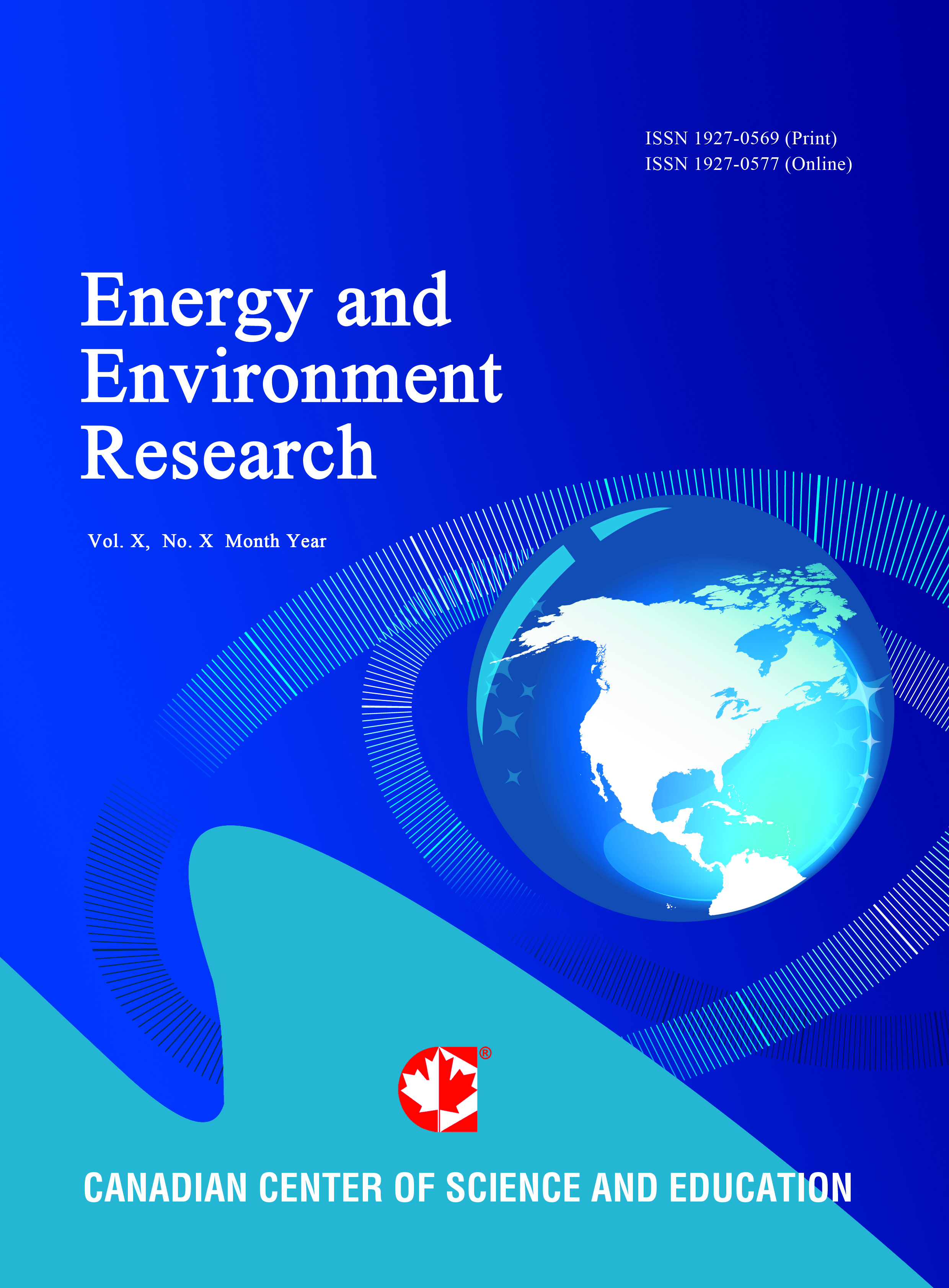Activated Sludge and Ozonation Combined System of Sanitary Effluent Treatment to Bacterial and Protozoa Removal - A Case Study
- Lívia Cordi
- Pablo Lima
- Rita França
- Regina Franco
- Nelson Durán
Abstract
In order to remediate district effluents, two types of treatments were combined that could be an efficient solution for the great problems involving sanitary effluent, water reuse, organic charge reduction and disinfection processes. Chemical and biological parameters of sanitary effluents before and after activated sludge treatment and subsequent oxidative ozone treatment were monitored. The activated sludge treatment significantly reduced the organic charge, observed by monitoring the chemical oxygen demand (COD) and the total organic carbon (TOC). After the treated effluent from the activated sludge underwent a subsequent treatment with ozone, further decreases in the COD and TOC values were observed. Ozone efficiently eliminated (100%) coliforms and Giardia spp. cysts, which normally are not eliminated by the activated sludge treatment.
- Full Text:
 PDF
PDF
- DOI:10.5539/eer.v2n2p149
Journal Metrics
(The data was calculated based on Google Scholar Citations)
h-index (July 2022): 19
i10-index (July 2022): 53
h5-index (July 2022): N/A
h5-median(July 2022): N/A
Index
- BASE (Bielefeld Academic Search Engine)
- CiteFactor
- CNKI Scholar
- Elektronische Zeitschriftenbibliothek (EZB)
- Excellence in Research for Australia (ERA)
- Genamics JournalSeek
- Google Scholar
- NewJour
- Norwegian Centre for Research Data (NSD)
- PKP Open Archives Harvester
- Publons
- ROAD
- SHERPA/RoMEO
- Standard Periodical Directory
- Ulrich's
- Universe Digital Library
- WorldCat
Contact
- Lesley LuoEditorial Assistant
- eer@ccsenet.org
